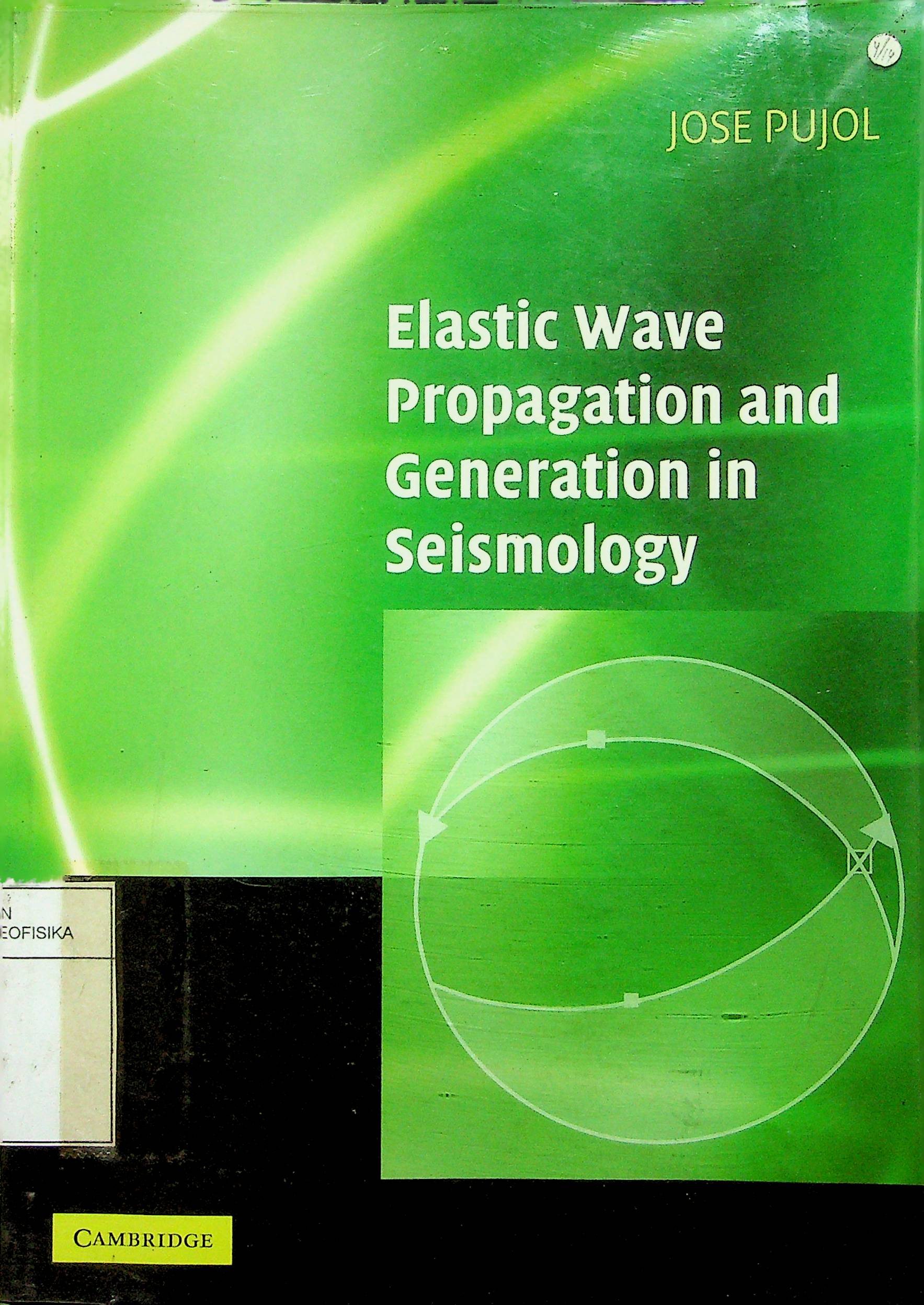The study of the theory of elastic wave propagation and generation can be a daunting task because of its inherent mathematical complexity. The books on the subject currently available are either advanced or introductory. The advanced ones require a mathematical background and/or maturity generally beyond that of the average seismology student. The introductory ones, on the other hand, address advanced subjects but usually skip the more difficult mathematical derivations, with frequent references to the advanced books. What is needed is a text that goes through the complete derivations, so that readers have the opportunity to acquire the tools and training that will allow them to pose and solve problems at an intermediate level of difficulty and to approach the more advanced problems discussed in the literature. Of course, there is nothing new in this idea; there are hundreds of physics, mathematics, and engineering books that do just that, but unfortunately this does not apply to seismology. Consequently, the student in a seismology program without a strong quantitative or theoretical component, or the observational seismologist interested in a clear understanding of the analysis or processing techniques used, do not have an accessible treatment of the theory. A result of this situation is an ever widening gap between those who understand seismological theory and those who do not. At a time when more and more analysis and processing computer packages are available, it is important that their users have the knowledge required to use those packages as something more than black boxes. This book was designed to fill the existing gap in the seismological literature. The guiding philosophy is to start with first principles and to move progressively to more advanced topics without recourse to “it can be proved” or references to Aki and Richards (1980). To fully benefit from the book the reader is expected to have had exposure to vector calculus and partial differential equations at an introductory level. Some knowledge of Fourier transforms is convenient, but except for a section in Chapter 6 and Chapter 11 they are little used. However, it is also expected - that readers without this background will also profit from the book because of its explanatory material and examples.The presentation of the material has been strongly influenced by the books of Ben-Menahem and Singh (1981) and Aki and Richards (1980), but has also benefited from those of Achenbach (1973), Burridge (1976), Eringen and Suhubi (1975), Hudson (1980), and Sokolnikoff (1956), among others. In fact, the selection of the sources for the different chapters and sections of the book was based on a “pick and choose” approach, with the overall goal of giving a presentation that is as simple as possible while at the same time retaining the inherent level of complexity of the individual topics. Again, this idea is not new, and is summarized in the following statement due to Einstein, “everything should be made as simple as possible, but not simpler” (quoted in Ben-Menahem and Singh’s book). Because of its emphasis on fundamentals, the book does not deal with observations or with data analysis. However, the selection of topics was guided in part by the premise that they should be applicable to the analysis of observations. Brief chapter descriptions follow. The first chapter is a self-contained introduction to Cartesian tensors. Tensors are essential for a thorough understanding of stress and strain. Of course, it is possible to introduce these two subjects without getting into the details of tensor analysis, but this approach does not have the conceptual clarity that tensors provide. In addition, the material developed in this chapter has direct application to the seismic moment tensor, discussed in Chapters 9 and 10. For completeness, a summary of results pertaining to vectors, assumed to be known, is included. This chapter also includes an introduction to dyadics, which in some cases constitute a convenient alternative to tensors and are found in some of the relevant literature
5
Elastic Wave Propagation and Generation in Seismology
Jose Pujol
Penerbit :
Jose Pujol
Tahun :
2003
Buku Text
Seismology
-
No Scan112
-
No Klasifikasi551.22
-
ISBN-
-
ISSN-
-
No Registrasi034A/VIII/2008
-
Lokasi Terbit-
-
Jumlah Hal60
-
Label551.22 Puj e
-
Versi DigitalYA
-
Versi FisikYA
-
Lokasi Rak Buku Fisik01/B/02
-
Jumlah Exemplar Fisik Tersedia1






